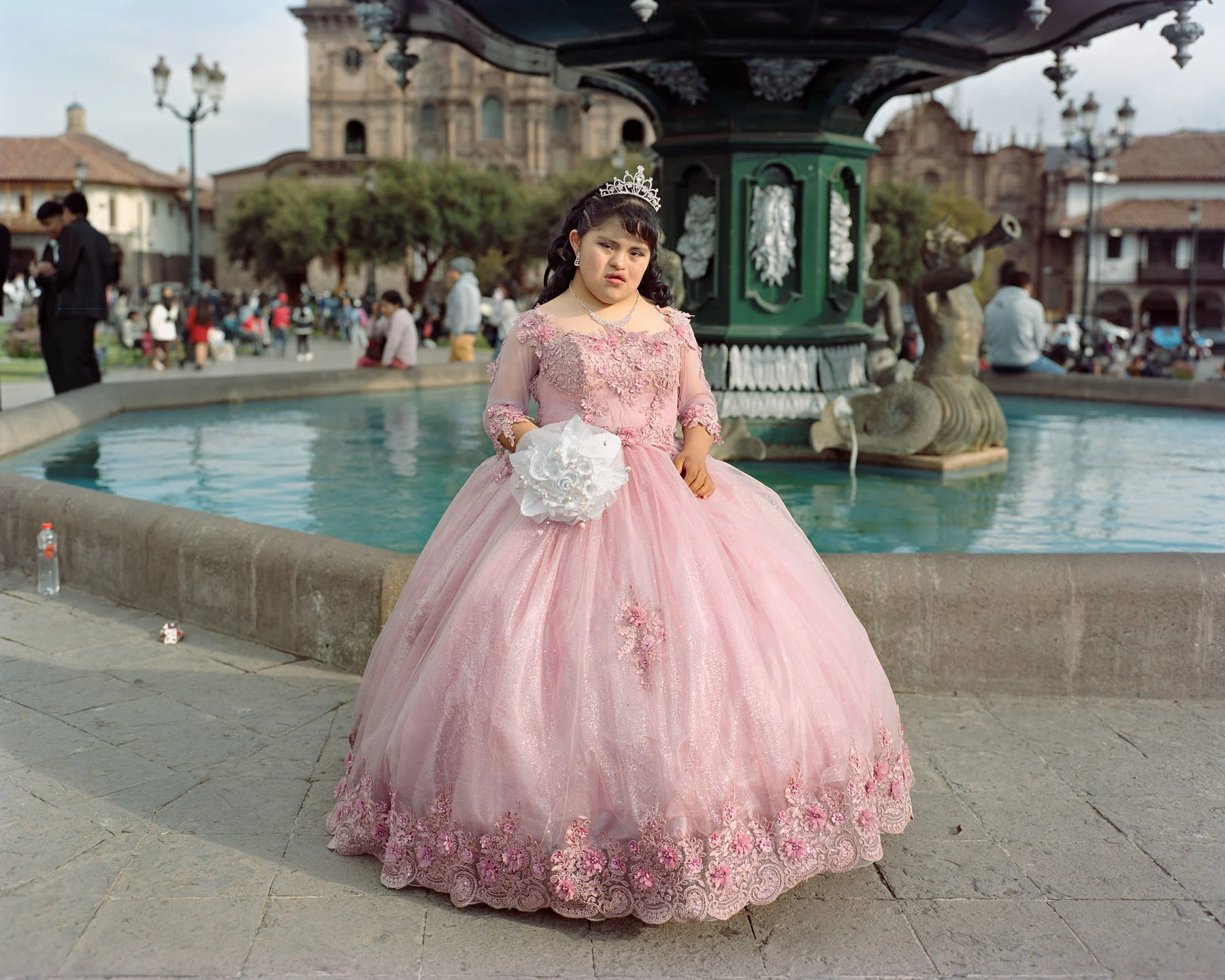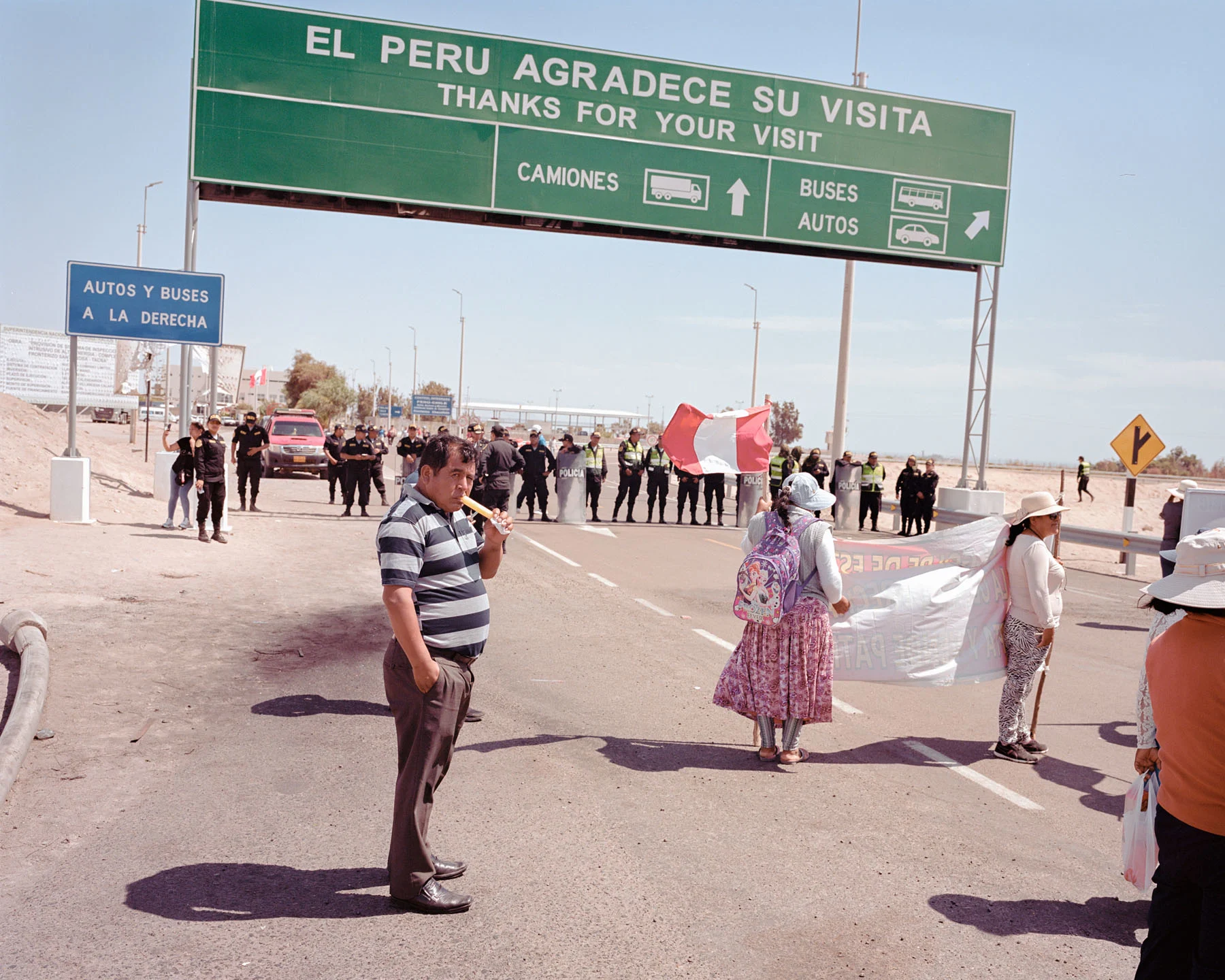

When photographer Aidan Klimenko was nine years old, his family relocated to Ecuador from the US. They only stayed for a year, but the experience was formative: it led him to consider the concept of “foreignness”—what makes us feel comfortable in a place, and what makes us feel like outsiders. For his ongoing project “Autopsia Autopista,” he returned to South America, taking photos along the Pan-American highway. He tells writer Bruno Bayley how he was seeking out the unifying aspects of Americanness; not the things that separate people, but the common ground they share across borders.

In January 2020 Aidan Klimenko found himself in Ecuador as the Covid-19 pandemic brought world travel to a juddering stop. He had been there to start work on a major ongoing project, one that had been playing on his mind since his childhood. “I guess in a way the idea for the project started when I was nine, living in Ecuador,” Klimenko says. His family had relocated from the US in 1998, and while they stayed only a little over a year the experience was formative, setting in motion decades of reflection on the notion of foreignness and American identity.
“We really take for granted being part of communities: when we are surrounded by people that look like us and sound like us and we have the advantages that are built into being a part of the overarching social structure,” he says. “It’s hard to be on the outside of something.” As photography became a bigger part of Klimenko’s life he was continually drawn to the idea of returning to Latin America. The false start in 2020 hadn’t knocked his enthusiasm and so, in September 2022, he packed his truck and set off on an eight-month journey through South America making the first installment of his ongoing project “Autopsia Autopista.”

The work is exploratory, with its guiding aspect, or “binding theme,” being the Pan-American Highway, a network of roads that reaches some 19,000 miles from Alaska to Argentina.
“The project isn’t necessarily intended to be just about feeling out of place,” Klimenko says. “I want to focus on the idea of connection. It’s as much [about looking for] the things that encompass all of us. What is America? What does it mean to me and to other people?” The project, which will eventually include the Highway’s North American expanses, searches for consistencies and universalities, exploring unifying aspects of Americanness as a way of understanding what makes one feel foreign.
Klimenko’s search for these human consistencies, unsurprisingly, led to him eschewing the exoticized aspects of travel attractive to many photographers. “Go anywhere in the world and you'll see tourists photographing a lot of the same things over and over again, coming back with a set of images that are probably similar to what you’d find on a Google image search, and that’s totally fine, I don't want to shit on other peoples’ prerogatives or work…there are so many differences that should be celebrated, but I think what I’m really trying to focus on are some of the things that are overlooked because they aren’t different.”


The project incorporates formal portraiture, landscapes, reportage and social documentary. This is, according to Klimenko, another product of the project’s exploratory and highly reactive nature. “First and foremost the purpose of the project was to drive through these places and to experience them. To react and to capture what it feels like to be moving along this highway, reacting to these different places.”
The choice of a large format camera was carefully considered. The heft, the tripod, the laboriousness and formality of composing large format portraits forces a degree of interaction that is often obviated by more discrete formats, giving a little more control to a subject. “Because it’s so slow you are giving the person you are photographing an opportunity to present themselves the way they want to be presented. I think that’s very important when photographing cultures that are not your own.”

It’s Klimenko’s belief that a large format camera introduces a degree of cooperation between him and his subjects. “It becomes more of a celebration of the relationship, or of the space you’re sharing with the person.” He spoke to all of his subjects, learning names and expressing intentions for the work. “Not that I have these profound experiences with the people I photographed, but I know more about them than I did in past work.”
With near-fluent Spanish and years of living out of camper vans and trucks behind him, Klimenko was unfazed by the idea of taking on the journey. Nonetheless, the trip wasn’t without difficulties. While in Peru the country’s president was impeached, the airport was closed, and many of the roads were blockaded. Stuck in Lima, Klimenko connected with local news photographers and covered the blockades. “I didn’t really expect to get anything useful, but one image I took became a favourite. It was a lesson: if you can walk away with one solid picture, whether digital, medium format, whatever—it can make a whole day worth it. It’s about accepting and approaching these challenges in different ways, making them a memorable part of whatever experience you are having.”


